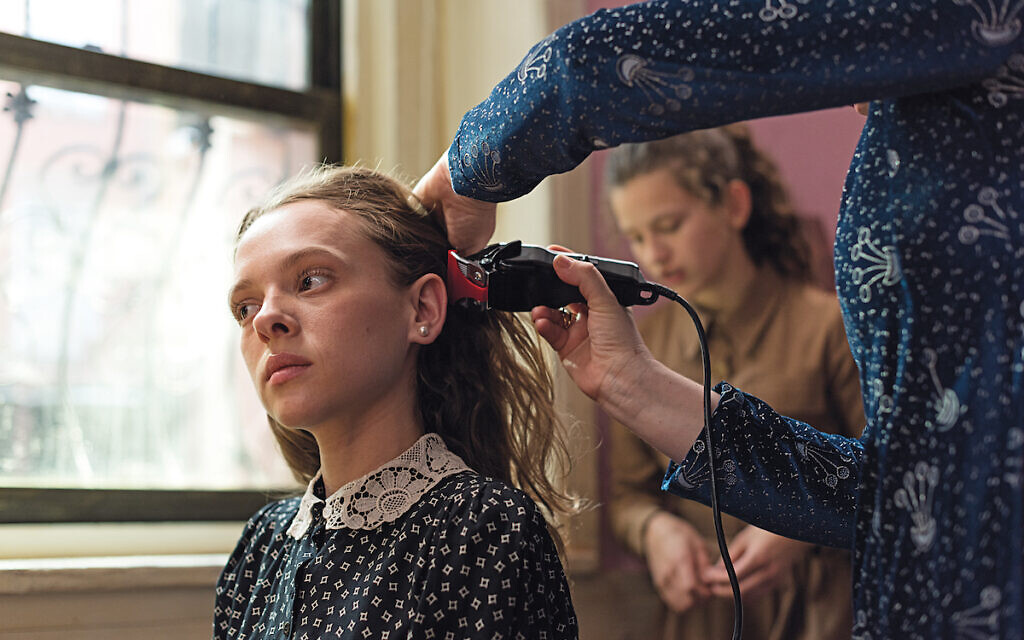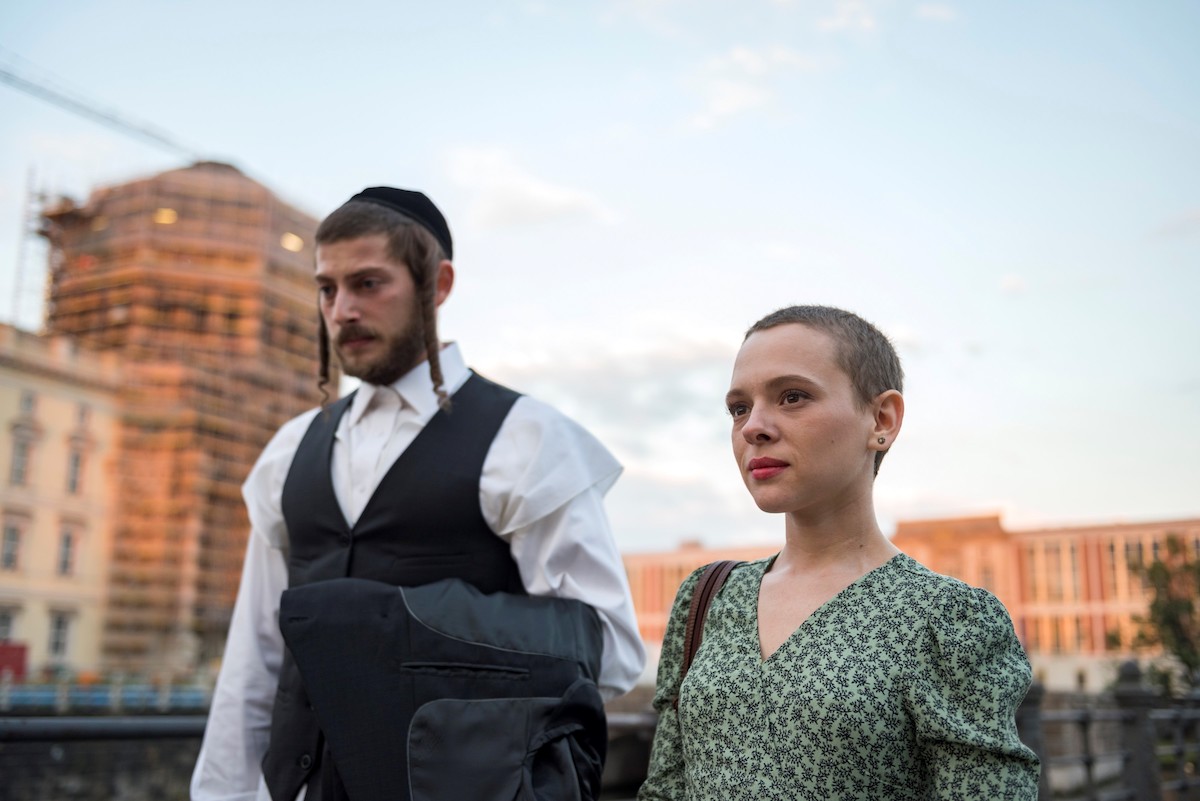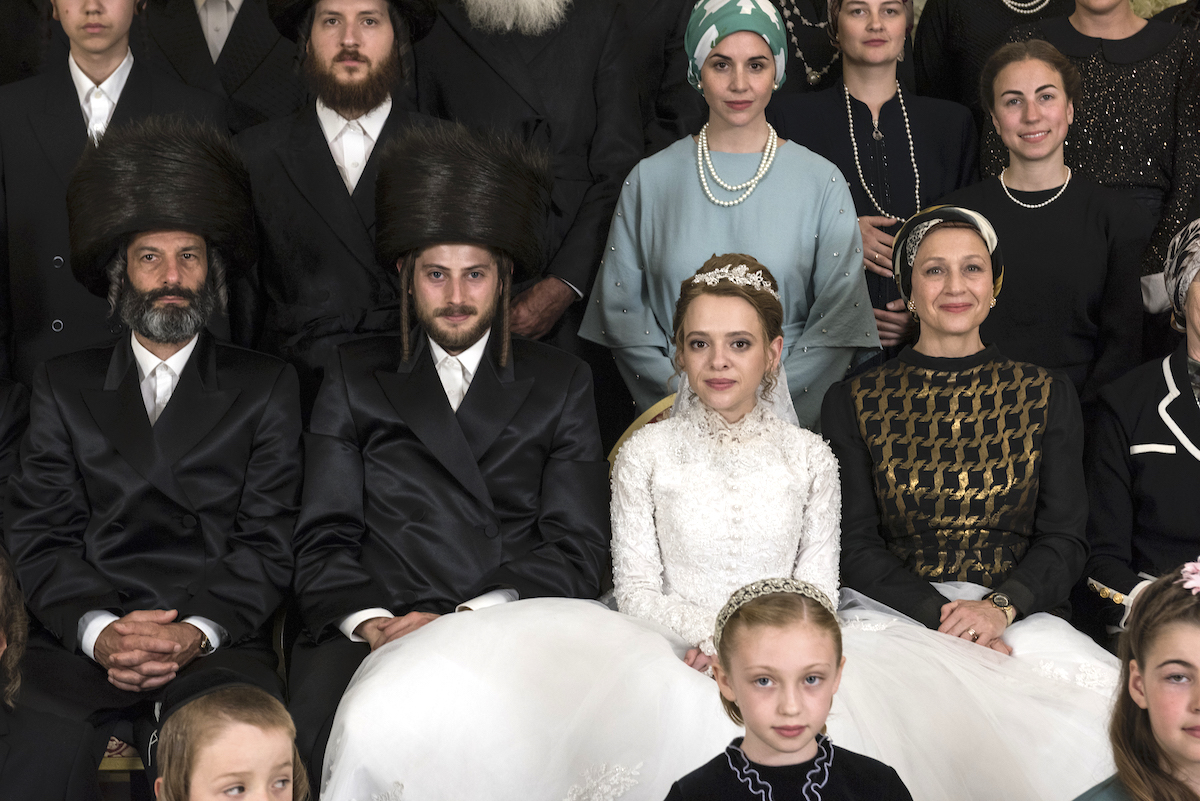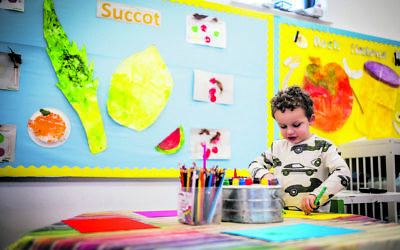How unorthodox is ‘Unorthodox’?
Does the hit Netflix show a faithful portrayal of the devout Satmar community? Andrew Gilbert digs deep to find out how accurate it really is.
Everyone, it seems, Jewish or not, Orthodox or not, has a profound opinion about the Netflix drama Unorthodox. The autobiographical four-part drama focuses on a woman in an unhappy Chasidic marriage in Williamsburg, New York, who walks out and moves to Berlin, where she immediately finds friends and a new life. Many from within the wider Jewish community, as well as many non-Jews have watched entranced.
Those who have left the Chasidic community (and surely also those from the Charedi community if they could watch it) critique the plot as impossible, unrealistic and pull it apart. They explain that leaving is gradual, needs planning and the idea that one would fall on one’s feet in another city and assimilate so simply – walk into a coffee shop, make friends on the spot, within a day sit down and bite into a ham sandwich, another day lose the wig while marginalising the Holocaust, hop into bed with someone you have only recently met and get into music school – just does not happen. Okay, the plot is far-fetched and the characters are superficial stereotypes hardly developed during the programme.
There are those who talk about the Yiddish, and apparently it was quite authentic mixing in English words that get ‘Yiddishised’. Watching something in Yiddish with subtitles does not seem to have been a barrier at all.
Get The Jewish News Daily Edition by email and never miss our top stories Free Sign Up
Then there are those talking about the authenticity of the depiction of the Chasidic community. The people and the costumes, but even more – and this is really about the part in Williamsburg – New York. Again there were still errors. They don’t have an eruv, the meeting with the rabbi does not happen with the full family. The rabbi does not make house calls. The wedding was not quite like it should have been. The streimels may not move right. The wigs were too similar. The rooms were too shabby… but it all still gave a sense of the community to many who have little insight.
As the Chasidic community grows, it is important to understand it more clearly.
Unless we have family or connections in that community, we may probably only ever meet representatives of the community or those who have left it. In Jewish News, we read of major events in the Chasidic community and also when the community and the world external to it are not in harmony.
While the Stamford Hill Jewish community was a prominent part of the mainstream Jewish community 100 years ago, it is now nearly totally a Chasidic community and the largest such community in Europe.
In fact, it is not one community but many. Each group has a long history going back to a town in eastern Europe. The largest community is the Satmar, which is not the largest group in the world, it is the group that we see portrayed on Unorthodox. Each community has not just its own synagogues, but also its own schools and other institutions.
The first aid service, Hatzola, covers the whole community, as does the community security service, Shomrim. As the community has a birth rate around six per family, almost three times the average, housing is an important issue, and the community is represented on Hackney Council by the Agudas Israel Housing Association. In Haringey, where some young families have moved, the community has developed strong relations with the council.
- Read more – OPINION: ‘Unorthodox’ overlooked the humanity of my old Satmar community
Unorthodox is about the Satmar community, which originated in Hungary (now Romania, although very near the Hungarian border in northern Transylvania) in 1905.
The Satmar group was founded by Rabbi Joel Teitelbaum, who then re-established the group after the war in New York and it has become one of the largest Chasidic groups in the world.
When Rabbi Joel died in 1968, he was succeeded by his nephew, Moshe Teitelbaum. After Moshe died, the Satmars was split between his two sons, Aaron and Zalman, who have only just spoken for the first time in decades owing to the coronavirus.
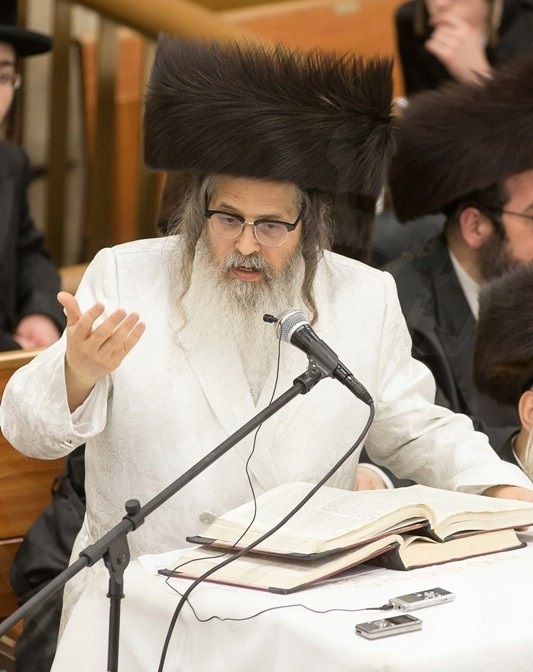
The Satmars are characterised as religiously strict, rejecting modernity, and are anti-Zionist. They have their own institutions, schools and publishing houses with Yiddish as the main language. While the two largest Satmar communities are in Williamsburg, Brooklyn, and Kiryas Joel, New York, Satmars can be found in most of the other major Jewish centres around the world and are the largest Chasidic community in London.
The community does not recognise Israel and condemns other Chasidic groups for supporting the state and taking money from it. This was one of the reasons it wanted the Yemenite/Adeni community to come to Stamford Hill. T
he requirements for Satmar women are stringent: they must fully cover necklines, wear long sleeves, skirts and opaque stockings. They must not only wear a wig, but must shave their hair before marriage. They see university education for women as dangerous as they fear it would lead to them valuing their careers over family. There are also Satmar community members in Canvey Island and Golders Green.
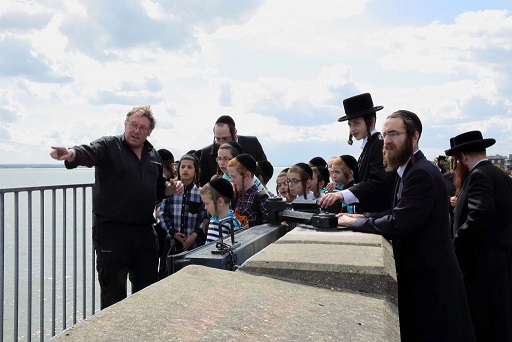
In Stamford Hill, the community has its own schools for girls, Bais Rochel, and for boys a three stage structure of cheder, yeshivah ketanne for 13 to 16 year-olds and yeshivah gedoille for 16 to 19-year-olds. Secular learning for boys only takes place in cheder. As there are two Satmar communities, there are two boys’ schools – Yeshiva Gedoilah Torah VeYirah and Yeshivah VYoel Moshe.
There are several synagogues that cover the two communities: Beth Hamedrash Kehal Yetev Lev in Cazenove Road, Clapton Common and Craven Walk, Beis Hamedrash D’Chasidei Satmar in Bethune Road and Beis Hamedrash Tehillois Yoel in Upper Clapton Road and Beis HaMedrash v’Yoel Moshe on Heathland Road.
There is a Satmar mikveh for women on Filey Avenue, while most synagogues house mikveh for men.
There are many further Satmar charities based in Stamford Hill, such as Bikkur Cholim (helping hospitalised Jews) and Keren Hatzolah raising money to support yeshivot and the poor in Israel as they don’t accept state funding. There are many smaller charities too. There are also worldwide Satmar charities, such as Rav Tuv, to aid Jewish refugees such as Yemenites to live outside of Israel.
There are two Yiddish newspapers, Der Yid and Der Blatt, one for each community, which are imported from the US.
The two Satmar community heads – brothers Zalman and Aaron Teitelbaum – had not spoken to each other for many years until this month, when there was a 75-second call between them as there have been family members badly effected by Covid-19.
In her review of Unorthodox, The Guardian’s Brigid Delaney wrote “What Unorthodox doesn’t really explore is the positive side to clan, community, tradition and belonging that occur in closed religious communities.
- Read more – OPINION: ‘Unorthodox’ overlooked the humanity of my old Satmar community
Although massively restrictive, surely many Chasidic Jews must get strength and a sense of belonging from their faith and their community.”
Viewers can question whether Unorthodox explores the diversity of the different stories of people who have chosen to leave the Satmar community and are also connected to that “closed religious community”.
Delaney herself questions Unorthodox and whether the story of the lead character of Esty, seems to “privilege individualism, freedom and free will over the submersion of individuality into a larger, and possibly more cohesive, communal and spiritual life”.
I think many who have left the community would also want to consider their experiences from more the point of view of being more than just part of a massively restrictive community.
As the Satmar and Chasidic community in Stamford Hill and around the world responds to the challenges of Covid-19, the rest of the community has the task of increasing our understanding of the Chasidic community and of building connections with those who are part of that community and those who have left it.

Thank you for helping to make Jewish News the leading source of news and opinion for the UK Jewish community. Today we're asking for your invaluable help to continue putting our community first in everything we do.
For as little as £5 a month you can help sustain the vital work we do in celebrating and standing up for Jewish life in Britain.
Jewish News holds our community together and keeps us connected. Like a synagogue, it’s where people turn to feel part of something bigger. It also proudly shows the rest of Britain the vibrancy and rich culture of modern Jewish life.
You can make a quick and easy one-off or monthly contribution of £5, £10, £20 or any other sum you’re comfortable with.
100% of your donation will help us continue celebrating our community, in all its dynamic diversity...
Engaging
Being a community platform means so much more than producing a newspaper and website. One of our proudest roles is media partnering with our invaluable charities to amplify the outstanding work they do to help us all.
Celebrating
There’s no shortage of oys in the world but Jewish News takes every opportunity to celebrate the joys too, through projects like Night of Heroes, 40 Under 40 and other compelling countdowns that make the community kvell with pride.
Pioneering
In the first collaboration between media outlets from different faiths, Jewish News worked with British Muslim TV and Church Times to produce a list of young activists leading the way on interfaith understanding.
Campaigning
Royal Mail issued a stamp honouring Holocaust hero Sir Nicholas Winton after a Jewish News campaign attracted more than 100,000 backers. Jewish Newsalso produces special editions of the paper highlighting pressing issues including mental health and Holocaust remembrance.
Easy access
In an age when news is readily accessible, Jewish News provides high-quality content free online and offline, removing any financial barriers to connecting people.
Voice of our community to wider society
The Jewish News team regularly appears on TV, radio and on the pages of the national press to comment on stories about the Jewish community. Easy access to the paper on the streets of London also means Jewish News provides an invaluable window into the community for the country at large.
We hope you agree all this is worth preserving.
-
By Brigit Grant
-
By Laurent Vaughan - Senior Associate (Bishop & Sewell Solicitors)
-
By Laurent Vaughan - Senior Associate (Bishop & Sewell Solicitors)
-
By Laurent Vaughan - Senior Associate (Bishop & Sewell Solicitors)
-
By Laurent Vaughan - Senior Associate (Bishop & Sewell Solicitors)


